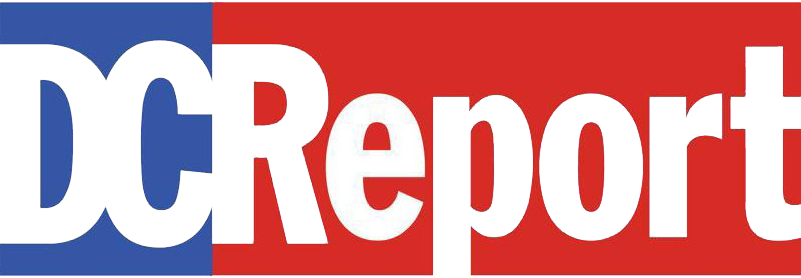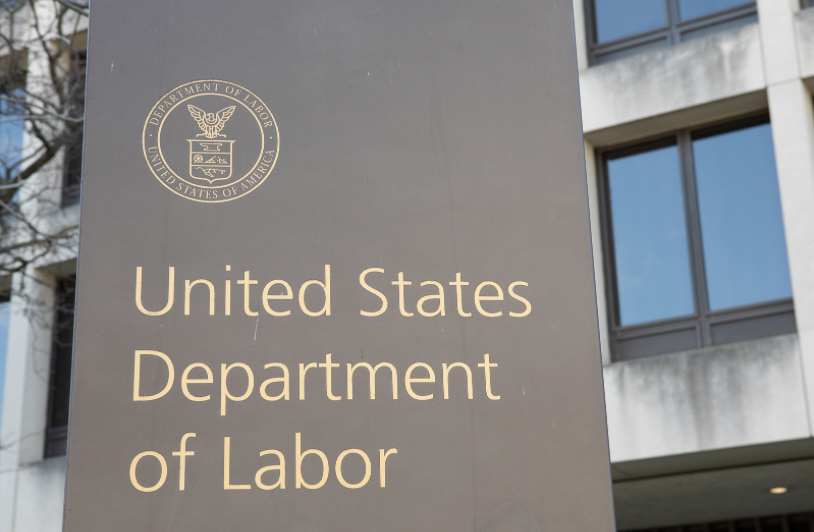Tuff Torq Corporation Fined for Child Labor Violations by the Department of Labor, but Executives Evade Responsibility; A Troubling Trend in Corporate Accountability
Tuff Torq Corporation was recently fined by the Department of Labor (DOL) for having children operating dangerous heavy equipment, but no executive, manager or person was held responsible. That’s the unfortunate typical result, and there is no good reason for it.
The DOL news release states that the investigation went on for months, involved 10 children, and that when inspectors “returned” to the facility — meaning the company must have been well aware they were being scrutinized — they directly observed a child running dangerous equipment. This, at a facility that is no mom & pop operation, but a supplier of parts to John Deere, Toro, Yamaha and other manufacturers.
Given all of that, is it really impossible to hold some executive of the facility accountable for violations they either knew of or should have known? Or if a lower-level, shop-floor manager can be documented as having acted in a rogue manner on this, then hold that manager accountable. I’m sure if the facility did not meet quotas, the top level execs would hold the top facility management responsible for performance. Why should responsibility for operating in ways that don’t endanger children be any different?
Perhaps the DOL couldn’t impose individual punishment in this case for some reason. If so, could they at the very least forward it to the Department of Justice or the state attorney general? There was no indication any such action had been taken.
Asked for comment on the lack of individual accountability, a DOL spokesperson pointed out that the number of child labor cases they held increased 14% from 2022 to 2023, and the penalties increased 83%. It’s great to see they’re making an effort to pursue more of these.
A case brought against Exclusive Poultry, Inc. in 2023 was pointed to as a particular example to illustrate how the DOL has many enforcement tools including “individual liability and criminal referrals.” The child labor violations included overly long hours, wage theft and using “children as young as 14 years old to debone poultry using sharp knives and operate power-driven lifts to move pallets.”
The irony is that this case is evidently the best example the DOL could point to, yet there was no individual liability or criminal referral. There were substantial financial penalties for the company, which is privately owned, so presumably they will be felt by the owner. If a mugger endangered your child with a knife and took their money — a crime not so different from endangering these children by making them work with knives and taking some of their pay — the mugger would be immediately arrested, and probably be put in prison. Carry out a similar crime against a group of children, but do it as an executive who is their employer, and you simply pay a fine.
Tuff Torq did end up paying what may have been a substantial price for this: an almost $300,000 civil penalty plus $1.5 million disgorgement of profits — described as equal to 30 days of profits — into a fund for the benefit of the 10 children.
Sometimes the price can, indeed, be enough to discourage repeated behavior, but it’s not really the same. An executive or manager might be hoping to give excellent reports on cost efficiency in order to climb the corporate ladder, knowing that it could backfire, but it’s not their pocket any fine would come out of. Maybe it’s worth the gamble to them, and people make stupid gambles all the time. Actually having individual executives pay a legal price for their bad behavior is just as right for this kind of thing as it is for someone caught speeding while they have a child present with no safety restraint.
It’s a pattern that is seen endlessly regarding labor violations, financial violations and just about any business-level or executive-level action that is harmful to individuals: the employees, the customers or the general public. This one small instance is just a reminder of that ongoing pattern.




